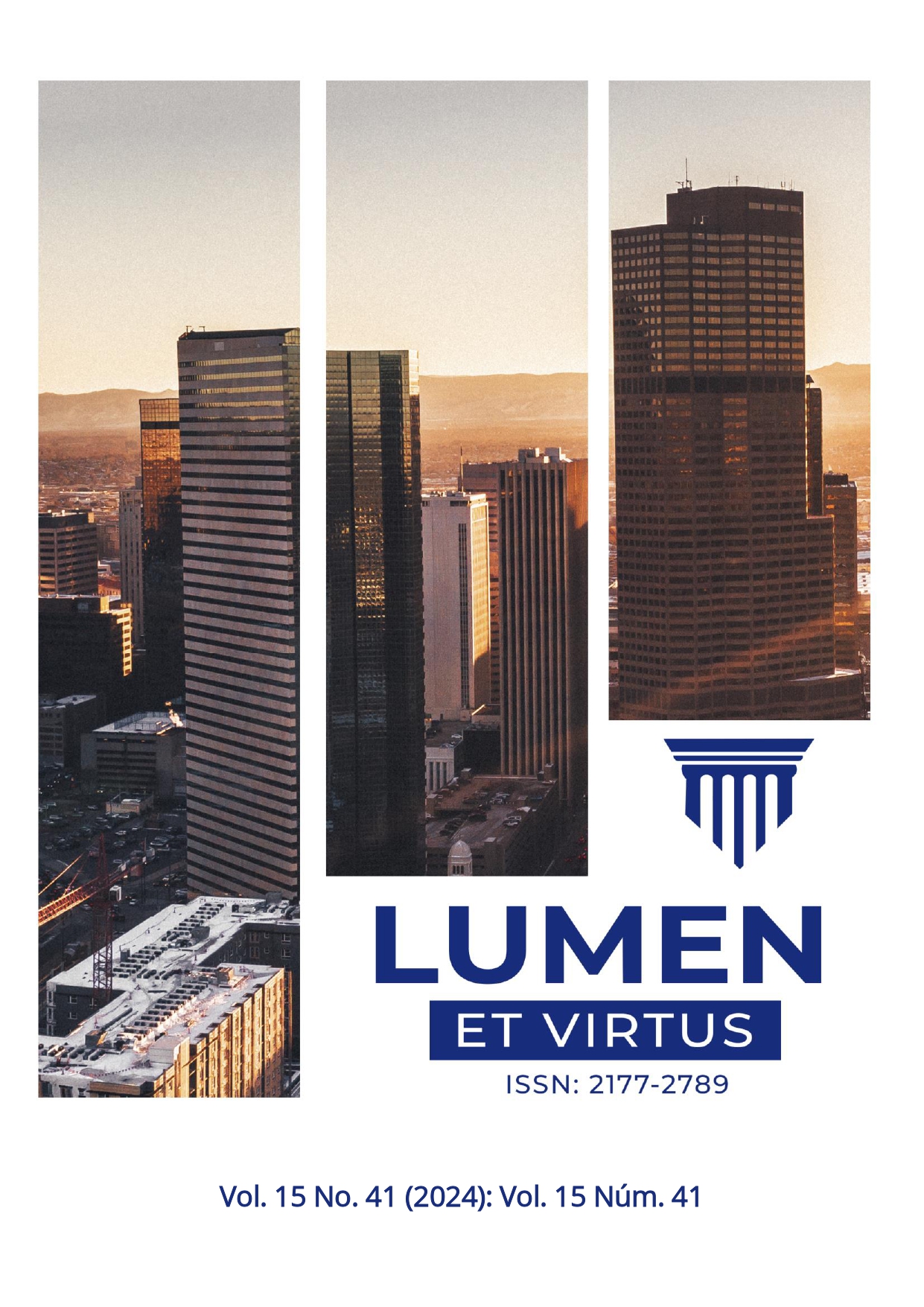VALORIZATION OF BANANA FLOWER RESIDUES: POTENTIAL THERAPEUTIC AND ANTIOXIDANT APPLICATIONS
DOI:
https://doi.org/10.56238/levv15n41-022Keywords:
Banana Inflorescences, Bioactive Compounds, Antioxidant PotentialAbstract
Various parts of the banana tree (Musa spp.), such as leaves, fruits, inflorescences, roots, peels and stems are used in traditional medicine, in several cultures around the world, for the treatment of diarrhea, ulcers, pain, inflammation, and diabetes mellitus. The inflorescence, in turn, stands out as a promising by-product of the banana agroindustry, since it is rich in micronutrients and bioactive compounds relevant to the human health, such as β-sitosterol, flavonoids, saponins, and phenolics like catechin and isoquercetin. Studies reveal that the consumption of banana inflorescences can provide various health benefits, including improved intestinal function, weight management and reduced risk of cardiovascular diseases. For this work, a bibliographic narrative review was carried out with a focus on the valorization of banana flower residues, exploring its therapeutic and antioxidant potential. The research was developed through the analysis of scientific articles and relevant studies, highlighting the bioactive properties of these by-products and their potential applications in the pharmaceutical and food industries. This review showed that banana inflorescences are rich in phenolic compounds, flavonoids and terpenoids, which have antioxidant, antidiabetic, anti-inflammatory and antimicrobial properties. Therefore, these by-products can be used by the pharmaceutical and food industries and can contribute to the circular economy and sustainable management of agricultural resources.





